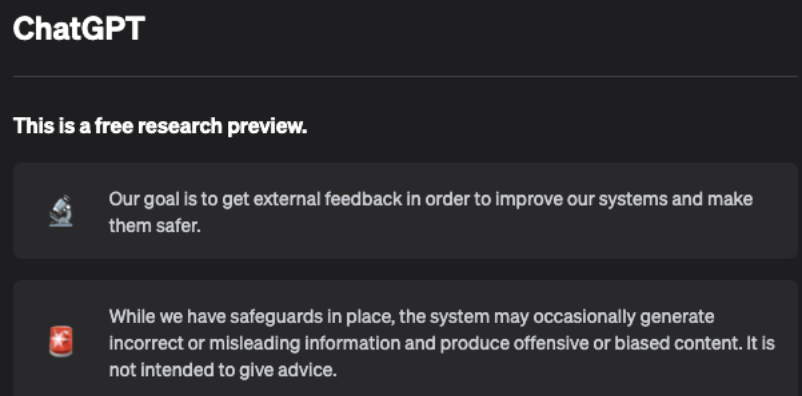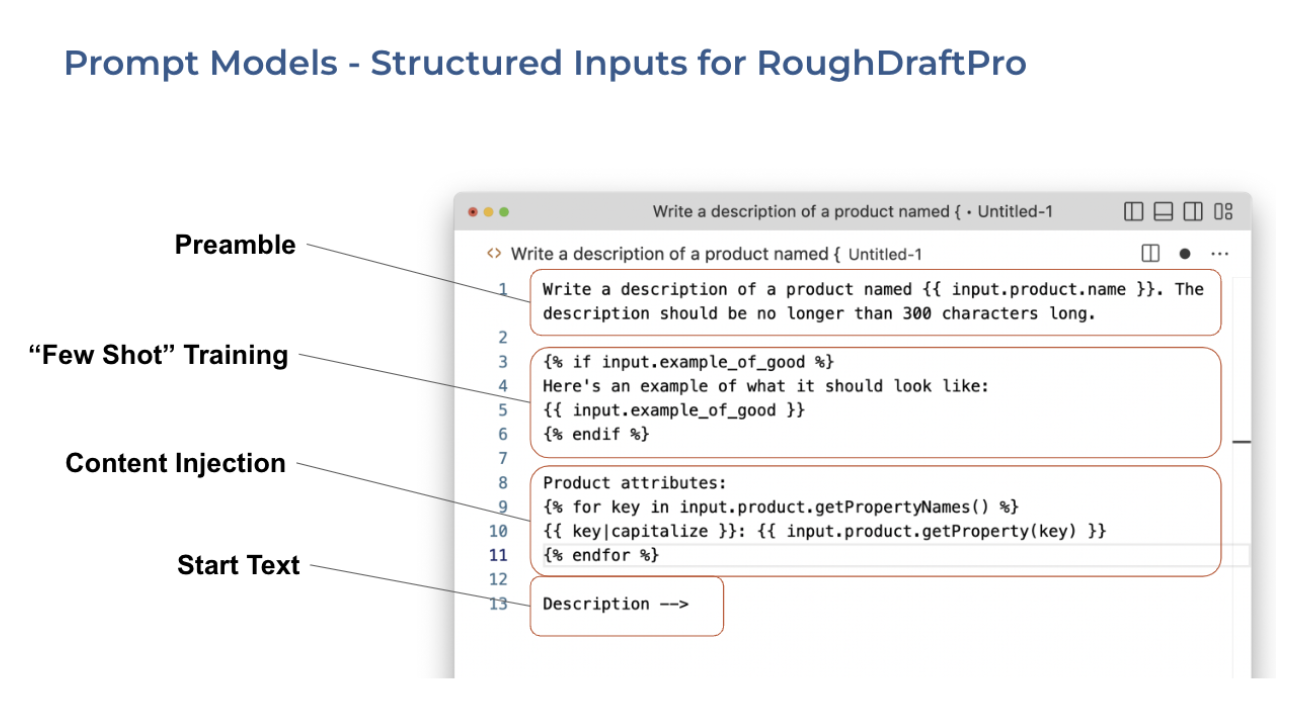Discover how your organization can take advantage of artificial intelligence and large language models today to automate and streamline your product content creation in this guest post by valued Akeneo partner, Sitation.

Keywords
Microsoft has invested heavily in OpenAI, and massive corporations such as Google are investing massive amounts of capital and resources in this incredibly lucrative field. As it’s such a hot topic, there are already some fantastic articles on the future of AI; this article will not cover predictions for what AI can lead to in the future, but more of what is directly useful to improve your business today.
While this innovative technology is still quite new and often leads to existential questions about the nature of human communication, comprehension, and creation, it doesn’t mean that it can be fully trusted today. To understand why, it’s critical to understand what AI, ChatGPT, and LLMs are.
AI: Artificial Intelligence
LLM: Large Language Model

ChatGPT
AI being an overused word aside, the key question with exponential benefits to companies is some version of this:
How can I use this for automation today? And what are the risks?
I have major doubts about this new technology being safe and reliable enough to use in a truly automatic way. I wouldn’t trust an LLM to rewrite a training manual for flying a plane or approve the structural integrity of a bridge today. Nor would I trust it to recommend a politician without knowing the training data leveraged. The processes behind LLM’s are not able to ascertain truth, only generating outcomes that are believable. “Hallucinate” is now the technical term of choice to describe when ChatGPT responds in odd and often concerning ways. This includes infamously trying to convince a New York Times reporter to divorce his wife.
But where does it excel? Rapidly generating believable (i.e., linguistically consistent) text with an even higher level of success if you can customize the data inputs and provide fine-tuned prompt models with high-quality input data. What we tackled first at Sitation? Copywriting.
Copywriting (or “the worst job in eCommerce” as our CEO Steve Engelbrecht referred to it in his talk at Akeneo’s Unlock conference in March 2023) is the act of writing marketing materials. Sitation has been providing product content for many years. Typically, copywriters get a small amount of product information and then write descriptions and bullet points highlighting these features. They are given examples from the website or other text source, given some instructions on what the output should look like (including character count and style), and then return that content for review.
This makes it the perfect use case for an LLM-based AI (in this case ChatGPT). It’s got a clear ask (The Preamble Below) It’s trainable with seed data that can be used for analysis (that’s the “Few Shot” training below). And it can take product attributes loaded as variables for easy iteration and required content.

We’ve been fine-tuning our prompts to create high-quality responses with very few hallucinations. But these generated responses should still be reviewed and treated as a “Rough Draft”. Quality attributes, a required brand field, and a category will greatly help. But there is no substitute for a reviewer confirming the data is good enough for production. Even if the descriptions or bullet points are good 100% of the time, poor product data can result in expensive returns, unsatisfied customers, and untrustworthy product experiences.
Until a prospective customer interacts with a physical product in the real world, your product content is the product experience. AI hallucinations we have seen in early testing include made-up brands, dimensions, and functionality that will at best lead to a return, and at worst, a lawsuit. We require a final step of review and approval in RoughDraftPro app for just this reason.
To experience RoughDraftPro, consider adding the application free trial. While the full version is tailored to your data model, increasing power and generation options, the trial edition gives you the opportunity to interact with the capabilities of the tool. Map a few fields and generate up to ten free product descriptions.
Contact Sitation for more on RoughDraftPro and expert-led Akeneo practice.

Explore how PCM helps brands centralize and enrich product data, streamline workflows, and improve content delivery across channels, and gain a...
Read more
2025 Amazon Prime Day has officially been announced for July 8-11; if you’re a brand looking to take full advantage of one of the biggest sales...
Read more
Explore how these 2025 Experience Award winners elevated product experiences by centralizing data, automating workflows, scaling globally, and...
Read more